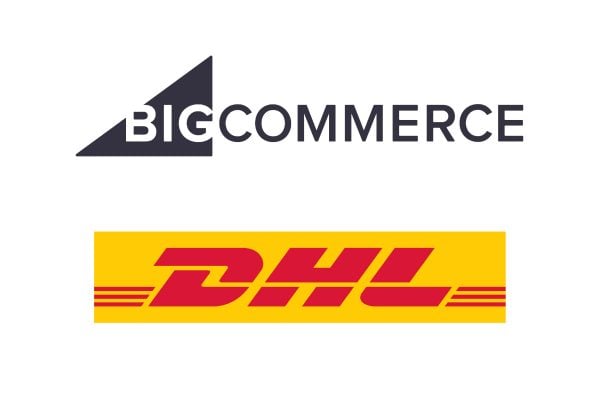The world has faced a series of shocks over the past decade, with the Covid-19 pandemic and the war in Ukraine coming on the heels of the US-China trade war and the UK’s withdrawal from the EU. These disruptions, along with gradually rising geopolitical tensions, have strained the ties that connect countries around the world. We’re hearing a lot of talk about greater national self-reliance, a shift from globalization to regionalization, geopolitical fracturing, and even the “end of globalization.”
But the numbers tell quite a different story. Drawing on more than four million data points, the latest edition of the DHL Global Connectedness Index demonstrates that international flows are remarkably resilient. For example, trade, capital, and information flows are now well above pre-pandemic levels.
This is generally good news for ecommerce, although a warning from DHL, the public policy environment (i.e. regulation) is growing less favourable which we have already seen leading to greater friction for cross border retail and more burdensome administration for retailers.
The key findings from the report are generally encouraging. You can read the full report here.
- After a modest decline in 2020, the DHL Global Connectedness Index rebounded to above pre-pandemic levels in 2021, and currently available data point to another increase in 2022. International flows have proven remarkably resilient through recent crises, strongly rebutting the notion that globalization has gone into reverse.
- There is evidence of decoupling between the United States and China across most types of international flows. This decoupling has not—or at least not yet—led to a broader fragmentation of international activity between rival blocs.
- Trade flows stretched out over longer distances during the Covid-19 pandemic, contrary to predictions of a shift from globalization to regionalization. Roughly half of all international flows already happen inside major world regions, and it is still an open question whether regionalization will increase significantly in the coming years.
- The volume of world trade in goods reached 10% above its pre-pandemic level in mid-2022, and trade in services also surpassed pre-pandemic levels last year. Trade growth, however, is forecast to slow in 2023, mainly due to slower global economic growth.
- Foreign direct investment flows, which reflect companies buying, building, or reinvesting in international operations, rebounded to above pre-pandemic levels in 2021, before starting to weaken in the second quarter of 2022.
- The globalization of information flows continued in 2021, based on measures such as the growth of international internet traffic and international voice calls. The proliferation of data flow restrictions, however, raises questions about future prospects for global information flows.
- People flows remained below pre-pandemic levels through 2022, due to the continued effects of the pandemic on international travel. The number of people traveling to foreign countries roughly doubled in 2022, but was still down 37% from 2019.
- The Netherlands was the most globally connected country in 2021, after falling to second place in 2020. Singapore ranked second overall and first in terms of the size of international flows relative to domestic activity. The United Kingdom had the most globally distributed flows.
- Europe is the most globally connected region, with 8 of the 10 most globally connected countries located there. Europe leads on connectedness of both trade and people, while North America leads on capital and information.
- The public policy environment has become less favorable for globalization, increasing the risk of a costly decline or fragmentation of international flows. Present challenges should motivate a focus on making globalization work better in order to preserve and expand the benefits of a connected world.










